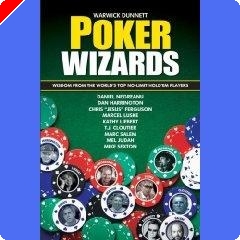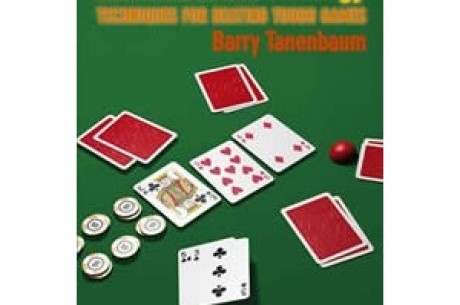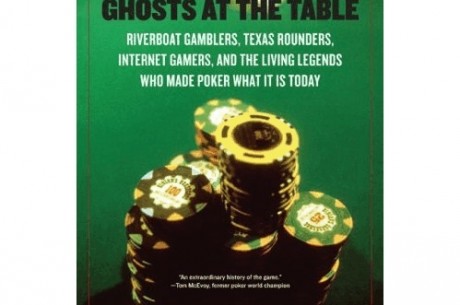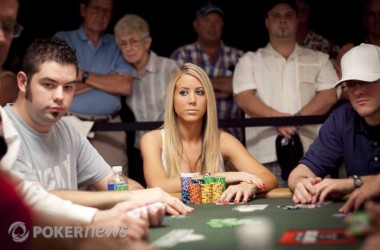Poker Book Review: Arnold Snyder's 'The Poker Tournament Formula 2'
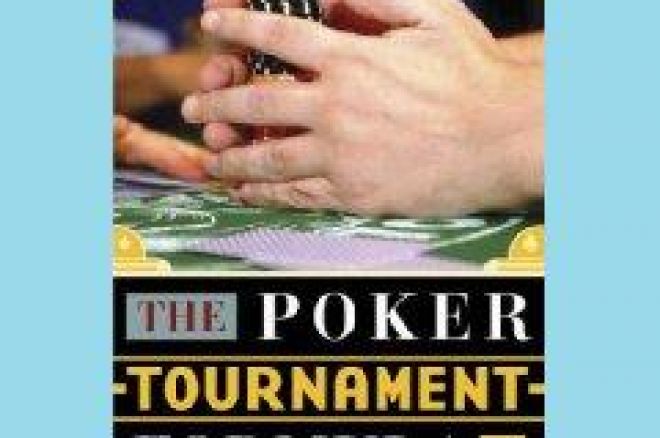
In his new book, The Poker Tournament Formula 2, Arnold Snyder shifts focus from his previous discussion of strategies for no-limit hold'em tournaments with fast structures, here examining more specifically tournaments with slower structures such as the bigger buy-in, pro-level events one typically finds at the World Series of Poker and other major circuit stops. Snyder's new book has a great deal to offer for those looking to make the next step from the low buy-in events at their local casinos (and most online tournaments) to the potentially richer rewards of the WSOP, the WPT, and other tournament series.
As was the case with The Poker Tournament Formula (published in 2006), Snyder here effectively presents sometimes-complicated concepts in a clear, precise manner, once again taking several opportunities along the way to reconsider several popular theories about no-limit hold'em tournaments — in some cases completely refuting commonly-accepted ideas and strategies with provocative, compelling arguments.
In his earlier book, Snyder outlined how to gauge the relative speed of a given tournament's structure, thereby assigning a "patience factor" and thus a related "skill level" ranking to each tournament according to its starting chips, minutes per level, and the schedule at which blinds and antes increase. Snyder also adds an explanation of how field size affects tournament speed. Indeed, with both books Snyder has made a valuable contribution to our understanding of the importance of tourney structures and the profound effect they (should) have on players' decision-making.
As that book's emphasis was on faster-structured tourneys, many of Snyder's recommendations there emanated from his contention that of the three "weapons" one possesses — one's relative position, one's chip stack, and the cards one is dealt — position is by far the most significant from a strategic standpoint. Thus much of the advice in PTF1 focuses on how best to exploit position to one's advantage, although "chip strategy" and "card strategy" are discussed there as well.
Snyder begins his second book clarifying that while many of the "simple position strategies described in PFT1 for fast tournaments can also be applied selectively in slow tournaments," tourneys with slower structures "also require a greater range of tournament skills and strategies to get you to the money." Snyder then divides his lessons into four sections, each of which combine theoretical discussions and strategic advice: "Principles," "Tools," "Strategies," and a fourth section labeled "For Hard Core Players Only."
The first section, "Principles," primarily focuses on what Snyder considers a "crucial" concept for slow tourney play, what he calls "chip utility," which he defines as "the usefulness or serviceability of your chips." It is utterly important, insists Snyder, not to think of one's chips as "money" or "equity" but rather as "the very ability to engage in competitive play." Chips have many functions in tournaments, e.g., they can be used to steal blinds and antes, to see more flops, to drive opponents out of pots, to gain information, and so forth. We gather chips not merely to collect them, but to use them, primarily to get more chips — and then, ultimately, all of them.
Snyder explains how many factors potentially affect our chip utility, including the relative aggression of our opponents (and where they are sitting), though the greatest factor affecting chip utility is the size of our chip stack. Having fewer chips reduces our options at the table, thereby reducing our chip utility. When our stack drops too low, we no longer can bet for information, or semi-bluff our draws, or be as selective when it comes to picking our spots to play.
Here is where Snyder finds himself butting heads with a couple of different theories regarding the significance of chips in tournament play, both of which have ardent followings. The first theory Snyder opposes is the so-called "reverse chip value theory" espoused by David Sklansky and Mason Malmuth, dubbed not-so-affectionately by Snyder as the "math heads." According to the reverse chip value theory, the more chips one has the less each individual chip is worth, and the fewer chips one has the more each is worth. Snyder believes the exact opposite to be true, maintaining that increasing one's chip stack actually increases one's chip utility, affording players more options at the table, while losing chips decreases chip utility, making them less useful in our efforts to accumulate more.
A second, influential tourney concept with which Snyder disagrees concerns the popular "M" concept presented by Dan Harrington and Bill Robertie in their popular Harrington on Hold'em series. Most tourney players are by now familiar with "M" as the ratio of one's stack to the current total of blinds and antes, used as an indicator of how free and/or constrained one is by one's chip stack when making decisions at the table. Once again, the issue revolves around chip utility, with Snyder arguing that the suggestion one is a "fully-functional" player with an "M" of 20 (the lower end of Harrington's "Green Zone") is highly misleading, and that waiting until one's "M" dips to 10 (the upper end of Harrington's "Orange Zone") is also especially poor advice. In fact, Snyder refers to players who slavishly follow the "M" guidelines as "Harringbots" of whom one can take advantage if they can be identified. (It should be noted Snyder does not consider Harrington himself a "Harringbot.")
In both of these debates, Snyder presents forceful arguments and well-chosen examples to support his positions. These aren't the only instances where Snyder goes against the grain (e.g., he also has something to say about the frequent misapplication of the "gap concept" in tournaments). While some readers will not agree with Snyder's views on these or other debatable topics addressed in PTF2, he nevertheless provides food for thought regarding "received wisdom," encouraging readers to reconsider the premises on which much previously offered tournament advice has been based.
In the second section, "Tools," Snyder distinguishes between "small ball" and "long ball" strategies, showing at which stages each can be appropriate. One also finds a lengthy, detailed discussion of bluffing, including specific descriptions of common bluffing situations in a section called "five easy fleeces." Here Snyder also speaks more directly about intangibles such as attitude and the "fear factor," further clarifying how one might grow accustomed to the overall aggressive approach he recommends.
A third section, "Strategies," devotes a chapter each to what Snyder calls the five phases of a poker tournament: stack building (Snyder is of the "chip accumulator" school of thought when it comes to early rounds); the minefield (when short stacks get desperate); the bubble (a prime time to build one's stack); the money (a time for "exploiting mass relief"); and the final table. Throughout the discussion, Snyder shares various sample scenarios from the many tournaments he has played and cashed in over the last two years, including several WSOP events. The final section "For Hard Core Players Only" offers three appendices on bankroll requirements, the viability of satellites, and more thoughts about Harrington's "M."
The Poker Tournament Formula 2 represents a significant entry into current debates about no-limit hold'em tournament strategy. Besides offering several original insights into tourney play, much of the fun of Snyder's book comes from his willingness to engage — and sometimes openly challenge — those who have gone before him. Indeed, in certain instances it almost seems as though he is bringing the aggressive style he recommends at the poker table to the writing of his book. But in every case the ideas Snyder shares are consistently thoughtful and thought-provoking.

